Heavy weather sailing; lying a-hull
We’ve already talked about the main techniques to prepare the boat and handle waves in case of heavy weather sailing. As we often say, these general rules are subject to various variables depending on the type of boat, weather and sea conditions and sailing area.
In all cases, we have considered situations where sailing and following the boat’s course are still possible. Even when the storm is so violent that escaping it is the only possible thing to do – as long as there’s no coast leeward – the helmsman can steer his boat by running on the quarter.
However, there are some, fortunately rare, conditions where sailing is completely impossible and the only, primary objective is to survive the storm and safeguard the safety of the boat and its crew.
In these conditions, the only possibility is to lie a-hull. The technique is simply to drop all sails and let the boat float so that it can find its own natural position in the sea in order to suffer the pressure of waves as little as possible. Theoretically, there two different strategies: lying a-hull and heaving to under reduced sails.

The first one consists in taking all the sails down; however, some boaters prefer the second strategy. In this case, the mainsail is a little reduced, with the storm jib trimmed to windward and the helm tied down to counteract the leeward force of the jib. The boat will seek a position approximately 60 degrees off the wind and will then proceed forward slowly. Furthermore, the helm must be fixed to a set position with the tiller trimmed to leeward.
This way, the boat will receive the sea from the starboard bow; advancing slowly and drifting leeward, it will be able to handle the pressure of waves from the side exposed to the sea.
If, on the contrary, dropping all the sails becomes a necessity, this means that things have actually got bad. Fortunately, during my Mediterranean and ocean cruises, I’ve never been forced to use this manoeuvre. Yet, many sailors have experienced such a terrible situation, where the only possible thing to do is to drop all sails and lock oneself inside the boat.

As we’ve already said, in this case, lying a-hull means to drop all sails, fixing the helm to a set position. This way, the boat drifts following the exact wind direction but it is placed in beam sea, although its effects are softened by the resistance offered by the boat sideslipping. A useful solution consists in slipping some cables from the bow to the windward side. In other cases, even a floating anchor eased out at a distance of 30-40 meters from the bow has resulted into a good help.
Anyway, it’s a general technique which can therefore suffer a multitude of variables depending on the type, weight, features and waterlines of the boat.
Inside, the crew can’t do much.
The indispensable condition to perform the lying a-hull manoeuvre is the total absence of coast leeward. Even in harsh conditions, in fact, the worst enemy is land. Consequently, we recommending checking weather and its evolutions in advance both before setting sail and while sailing, focusing on pressure, temperature and humidity. This way, you will have plenty of time to move away from the coast and look for a safe shelter at sea.

Another technique, probably convenient to simply stop the boat in order to reef or have a little snack, consists in easing the mainsail completely and luffing. This way, the boat will drift leeward, advancing very slowly.
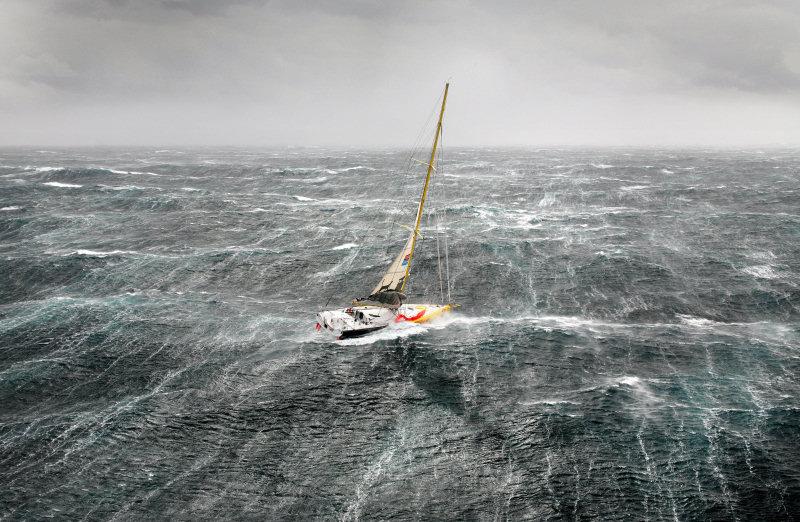



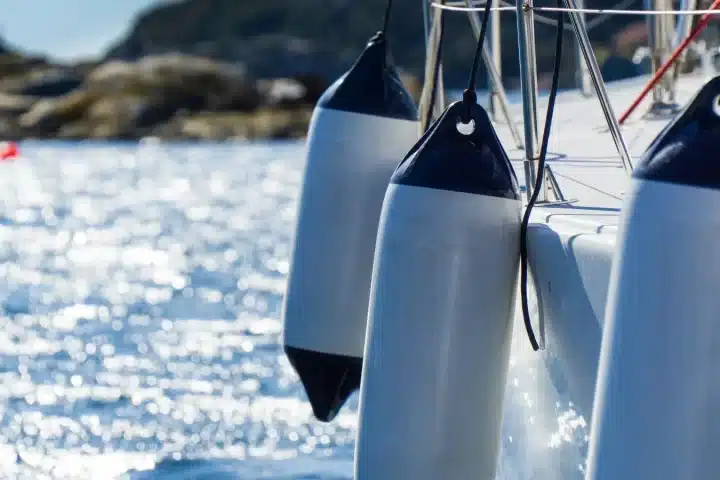

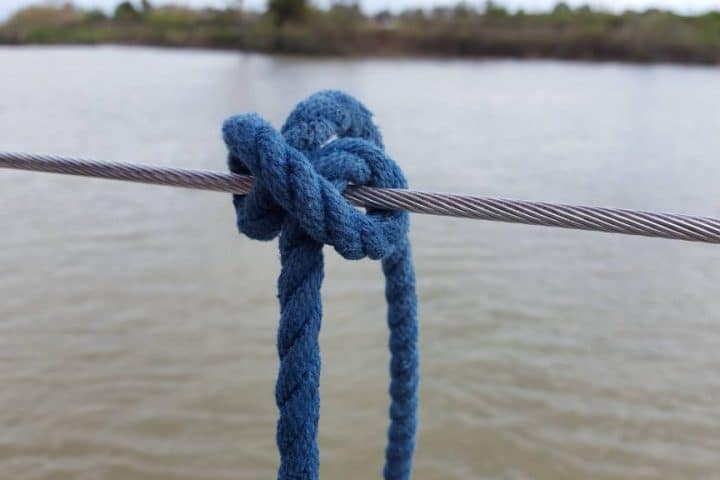
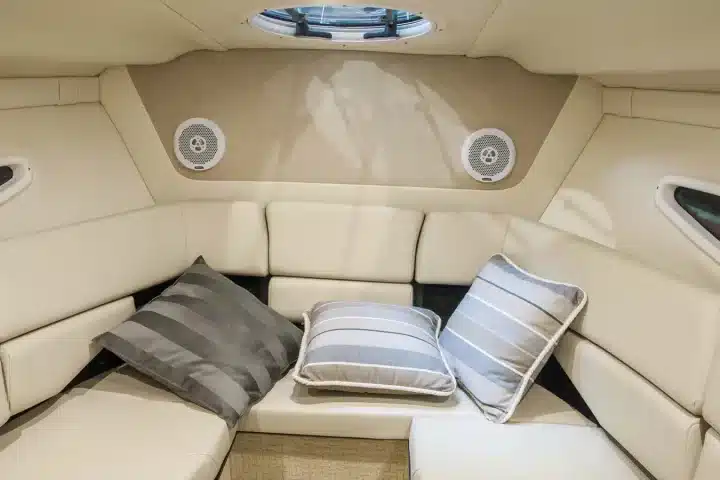
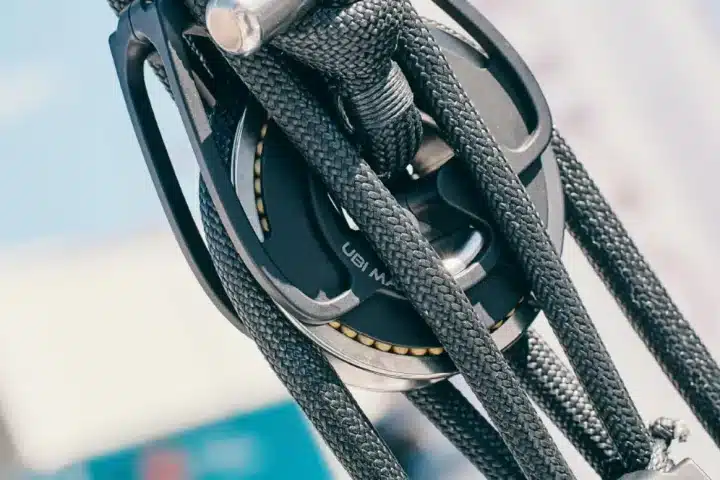

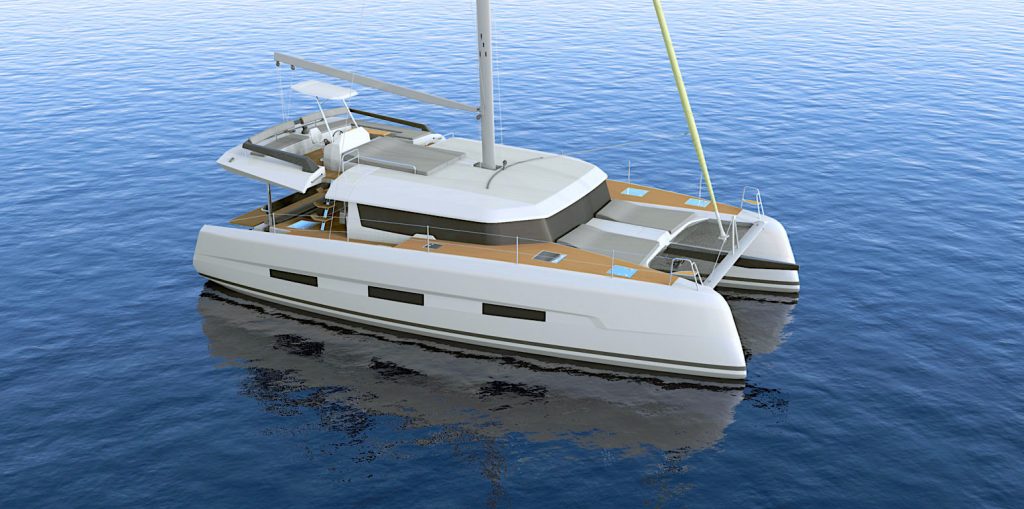
Please allow me this question: did you ever recognize the Pardeys‘ writing about heaving-to (Storm Tactics, Handbook, Pardey Books, 5th printing 2002)? In contradiction to how you explain heaving-to Lin&Larry say there shall be no proceeding of the boat at all and therefore it‘s not merely setting back the jib (together with a trysail (!) and the tiller tied leeward) but on the contrary todays light-displacement fin-keeled boats may make it necessary to take down any sail at the forestay to protect the boat from falling off and proceeding. To achieve this you may have to use a well-balanced para-anchor to keep the boat firmly leeward of its slick protected from breaking sea. Obviously there are slightly different techniques of heaving to depending on the displacement of the boat and there is evidence that heaving-to according to this understanding will be much safer than lying a-hull.
Felix, I am happy to find your posting that covers 100% of what I was intending to say. After reading a lot about the subject and also practicing (even though not in extreme conditions), I can just support that the Pardey’s probably know more about heaving to than most. Properly set up, the boat will NOT reach forward and drifts exactly downwind at < 2-3 knots behind the created slick. The Pardey's practiced and experimented a lot and also studied literature and experiences, while also trying other boats than their own. For any single handed sailor, or couples, the mentioned book Storm Tactics is extremely valuable. If I remember correctly, the only time that the Pardey's had a serious storm damage was when NOT heaving to and trying lying a-hull.
I have lay ahull 3 times, twice because it was blowing far too hard to have any bit of sail up, & once because I was approaching landfall on an atoll with off lying reefs after 2 days of 10/10s cloud cover, when sat nav systems were beyond the price mere yachties could afford.
The boat was a Morgan Giles racing yacht, of a type some would call a harbor racer. Beautifully balanced, she lay beam on, going nowhere but sideways, healed between 5 & 15 degrees by wind pressure on the mast alone, & surprisingly comfortable, apart from the noise.
7 ft deep I don’t think she made much leeway, but was carried by a 1.5 knot surface drift. Even thinking about having any bit of sail up in winds above 50 knots is a joke, it would last minutes not hours with the amount of green & white water involved. I pointed her down wind at one time, while I tried to retrieve a life ring that had broken it’s lashing, & she was sailing at 6+ knots under mast only, & surfing some waves for 40 seconds at a time. The life ring broke it’s 1/2″ line.